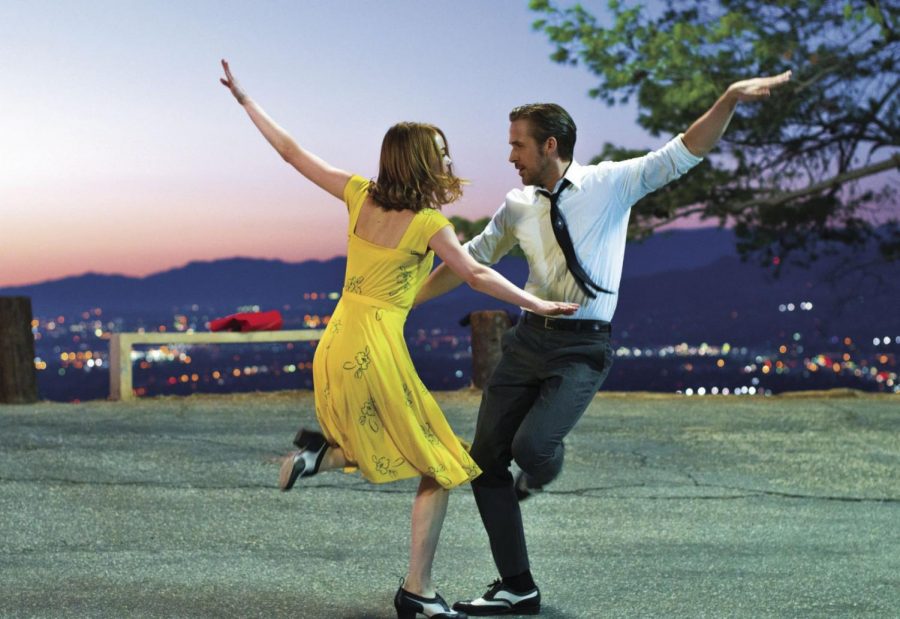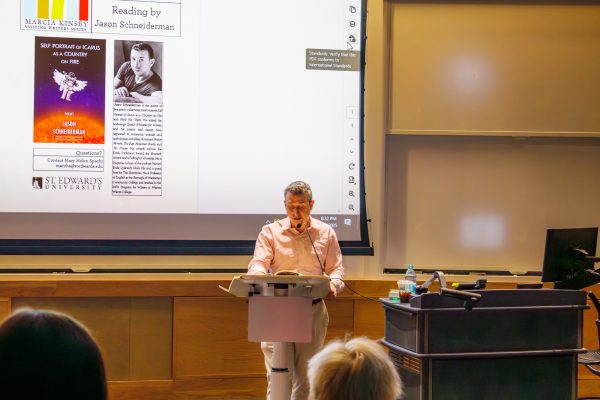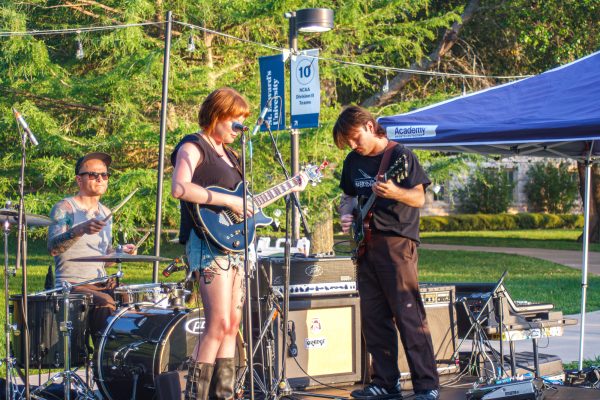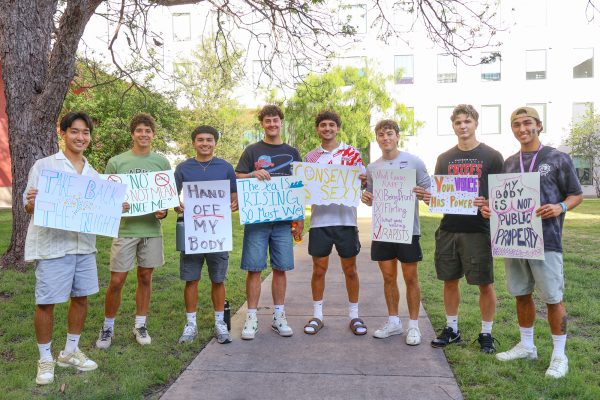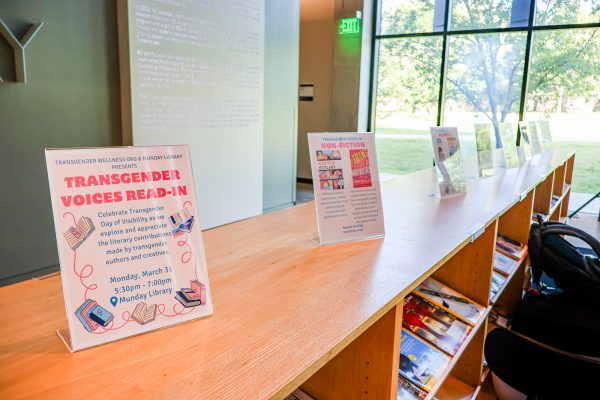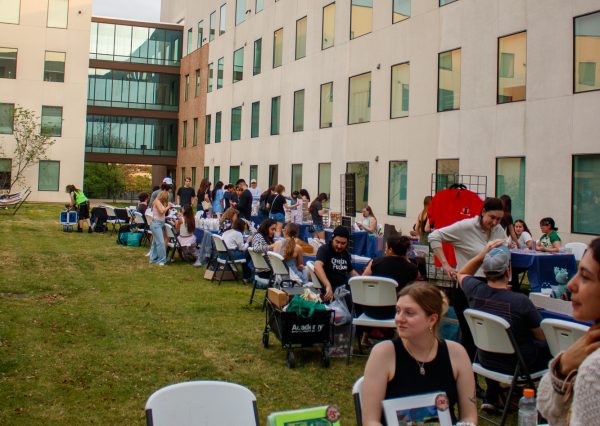‘La La Land’ choreography, creativity eclipse romance in musical of the year
“La La Land,” the movie sensation of 2016 and winner of a record breaking seven Golden Globes fires on every cylinder as a stellar romantic musical comedy-drama. From impressive storytelling to calculated choreography, the film does not disappoint.
The film, directed by Damien Chazelle, tells the story of aspiring actress and barista, Mia (Emma Stone), and jazz pianist, Sebastian (Ryan Gosling). Mia and Sebastian struggle to achieve their dreams but find one another along the way which helps Sebastian open his very own jazz club and land Mia a major role.
The storyline doesn’t solely follow the love plot, presenting a unique twist for the audience.
The focus of the plot centers on the struggle and desire to succeed in Hollywood. However, the sub-theme of love takes a toll on the film’s central focus.
The storyline helps musical skeptics appreciate the film.
“It’s more directly dramatic passages hit home without a musical note,” said The Telegraph film critic Robbie Collin.
These passages surely hit home with exceptional performances by Stone and Gosling.
Showcasing their unmatched chemistry in the film, which doesn’t come to much of a surprise, “La La Land” presents the two love interests for the third time, calling back to their roles in the romantic comedy “Crazy, Stupid, Love.”
Many have criticized the subpar vocal performances of Stone and Gosling; however, it’s the delicacy of their voices that keep the film from being on the edge of gaudy.
Gosling’s dedication is especially evident through an imposing piano performance that came from practicing piano four hours daily.
Stone wins the audience’s heart with a combination of her seamless wit and her heart-wrenching monologue, “Audition (The Fools Who Dream).”
“La La Land” pays homage to a lineup of classic films through its use of canary yellows, powerful reds and blues and soft greens.
The color vibrancy can be attributed to Chazelle, and cinematographer, Linus Sandgren’s, choice to shoot with lenses used in the 1950s to make the film appear “magical” instead of the high resolution of reality.
Jazzy trumpets, prominent drums and calculated piano make “Another Day Of Sun,” “Someone In The Crowd” and “A Lovely Night” classics, along with “City Of Stars” and “Audition (The Fools Who Dream).” Composer, Justin Hurwitz shows versatility in the soundtrack between more subdued and elaborated scores.
“Planetarium,” “Mia and Sebastian’s Theme,” “Herman’s Habit,” “Summer Montage / Madeline” and “Epilogue” offer instrumentals with dazzling jazz and piano.
Choreographer, Mandy Moore, did nothing short of an exceptional job.
The film opens up with a scene during Los Angeles freeway traffic in “Another Day Of Sun,” a scene made possible with 30 professional dancers and 100 extras.
Moore helped Stone and Gosling become proficient in tap, ballroom and jazz dance — all of which came together as icing on the cake for the film.
“La La Land” received significant backlash for the Golden Globe sweep over many other notable films.
And while these films certainly deserved recognition, “La La Land” was the kind of film that needed to be made to prove a point for movie musicals.
“An audience for a movie like this does exist,” said Chazelle in his acceptance speech for Best Screenplay.


